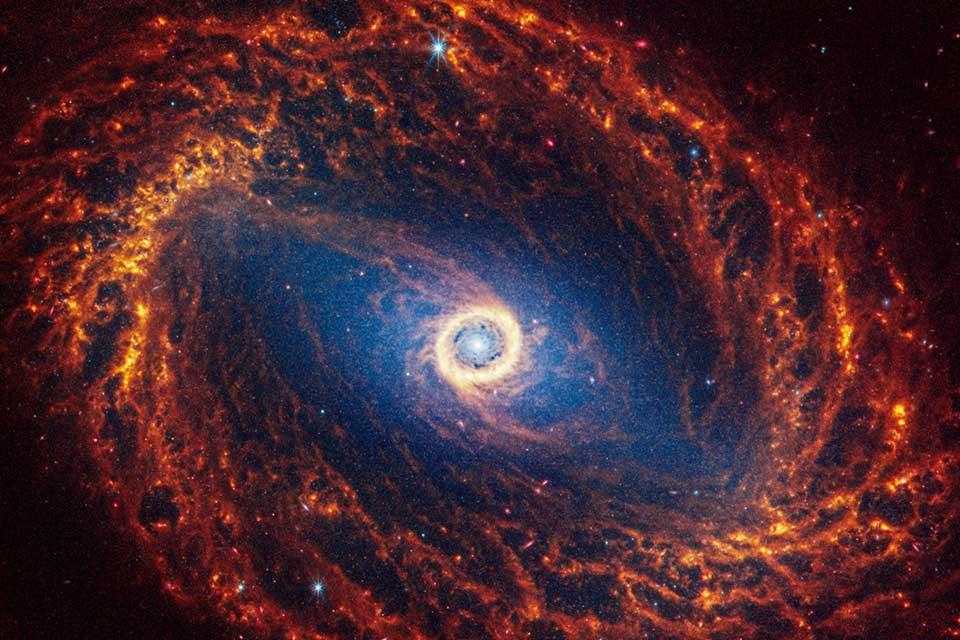NASA Releases Stunning Images

NASA recently shared an impressive collection of 19 images depicting 13 spiral galaxies, a feat made possible by the James Webb Space Telescope. These galaxies are part of the Physics at High Angular resolution in Nearby GalaxieS (PHANGS) initiative, which engages over 150 astronomers globally in its efforts.
The space agency expressed its fascination with these celestial structures, stating, “It’s oh-so-easy to be absolutely mesmerized by these spiral galaxies. Follow their clearly defined arms, which are brimming with stars, to their centers, where there may be old star clusters and – sometimes – active supermassive black holes.” This initiative showcases the unique ability of the James Webb Space Telescope to capture detailed imagery of galaxies in a combination of near and mid-infrared light, unlike any other existing telescopic technology.
Janice Lee, a project scientist for strategic initiatives at the Space Telescope Science Institute, remarked, “Webb’s new images are extraordinary. They’re mind-blowing even for researchers who have studied these same galaxies for decades.” She elaborated on the level of detail now observable, pointing out how the telescope’s capabilities have unveiled previously unseen aspects of star formation.
The images detail both the vastness and intricacies within these spiral galaxies, made possible by the telescope’s sensitivity to infrared light. This sensitivity is crucial because many dim stars and gas or dust clouds do not emit enough visible light on their own but can be observed in the infrared spectrum.
Thomas Williams, a postdoctoral researcher at the University of Oxford, shared his experience working with these images, saying, “I feel like our team lives in a constant state of being overwhelmed—in a positive way—by the amount of detail in these images.” The NIRCam (Near-Infrared Camera) of the telescope captured millions of stars in these images, which appear in blue tones. Some stars are dispersed across the spiral arms, while others are densely packed in star clusters. Furthermore, the telescope’s MIRI (Mid-Infrared Instrument) data brings out the glowing dust, revealing stars in early stages of formation encased in gas and dust, likened to “bright red seeds at the tips of dusty peaks.”
If you want to see all the images, you can find them here.
Important: If you want to see the highest resolution images, click on the “Webb and Hubble” images, which show images of the same galaxies shown though the Webb and Hubble telescopes. Then click on “Zoom Image” and that will give you the full Webb image.
They are absolutely stunning, I would highly recommend checking them out.